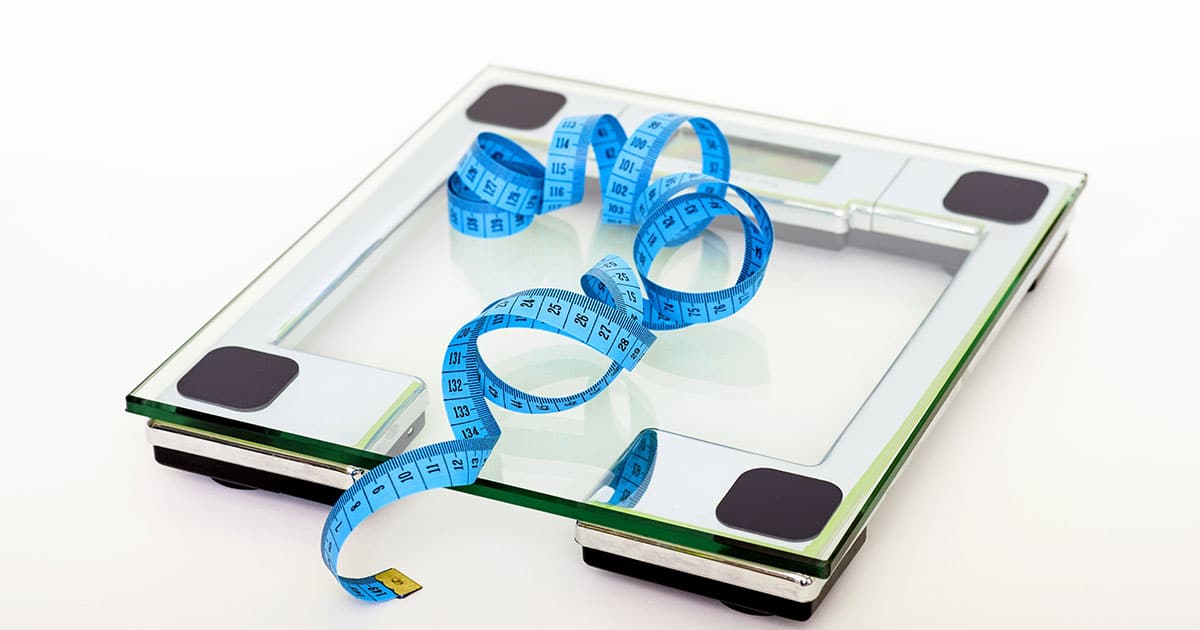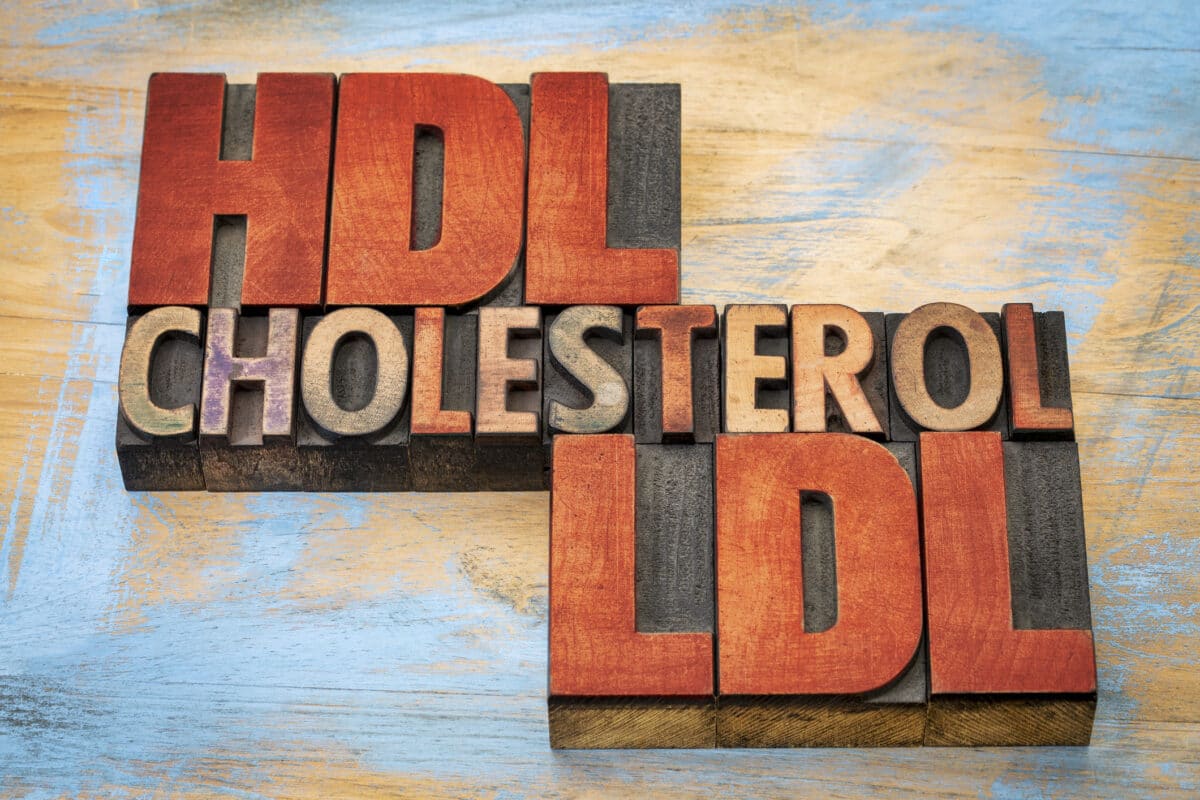Everyone has heard about the importance of monitoring cholesterol levels today. However, not everyone knows exactly what that means.
There are different numbers included in a cholesterol screening, and some need to be high while others should below.
This article will provide a comprehensive overview of cholesterol levels so you can understand your next screening at the doctor’s office a little bit better.
Cholesterol travels through the body by attaching itself to a special kind of protein. There are two types of cholesterol-protein combinations known as lipoproteins high density and low density.
One delivers cholesterol to the bloodstream and the other carries it away. When you are studying your levels, it is important to differentiate between the two.
One should be higher, while the other will be lower for a healthy cardiovascular system.
HDL.
HDL stands for high-density lipoprotein, and this is the cholesterol that helps the body get rid of “bad” cholesterols in the bloodstream.
The HDL levels should be higher since the lower number will increase your risk of cardiovascular disease.
A good target number to shoot for is 60 since cholesterol levels of 60 or higher indicate a lower risk of cardiovascular disease. Anything lower than 40 puts you in a high-risk category.
LDL.
LDL stands for low-density lipoprotein, which delivers cholesterols into the bloodstream. While your body needs some to build cell membranes, it usually has more of this substance than it needs.
A buildup of cholesterols remains in the arteries, forming plaque that makes it harder for blood to pass through freely.
The LDL cholesterol levels should be as low as possible.
The normal levels for LDL are generally between 100 and 129, with anything lower than 100 considered ideal.
Those in the range between 130 and 159, consider borderline high, and anything above 160 is in the high-risk category.
Total Cholesterol.
Cholesterol levels will also combine these two readings for one total number. This figure should be less than 200 to assure a healthy cardiovascular system.
Over 200 to 239 are reviewed as borderline high and should track very carefully. If the number is over 240, the patient is placed in the high-risk category for cardiovascular disease.
Understanding cholesterol levels is the first step to a healthier cardiovascular system. By monitoring on a regular schedule. You will be able to take steps to reduce cholesterol levels as soon as they begin to creep up.
“It never gets easier. You just get better.”
Jordan Hoechlin Tweet
Varying Symptoms of High Cholesterol.
High cholesterol is not entirely accurate since there are two kinds in the human body. Invariably, many refer to high levels of high LDL as having high cholesterol, which is a negative thing to have.
The symptoms of high cholesterol may vary depending on the degree of presence of LDL in a person’s body.
Identifying symptoms of high cholesterol in an individual may be difficult since these are rarely seen unless the levels of LDL are high.
There are a few symptoms. These tell-tale warning signs for the individual since many of these early signs may be being felt by the individual; not usually seen or noticed by onlookers.
The causes of high cholesterol levels, both LDL and HDL, are the kinds of foods that a person eats daily.
Food contains all kinds of substances that are processed in the digestive system; then absorbed by the body through the bloodstream and distributed to the different parts of the body as food.
Blood Testing.
Yearly blood testing and monitoring may be the best solution to able to see symptoms.
What usually happens in blood work is that a certain amount of blood; is about 5ml or so depending on the amount needed. Is drawn from the individual and then routinely tested. And checked to see the levels of certain substances present in the bloodstream.
The symptom of high cholesterol seen in blood work is the elevation of LDL compared to the level of HDL in the individual.
Therefore, These levels represent the amount of bad cholesterol in the bloodstream.
There is a range in which a person may consider still safe from elevated levels.
The range dictates that the level of 200 is the maximum level for most individuals with bad cholesterol.
Other Symptoms of High Cholesterol.
Other symptoms of high cholesterol are deposits of fats and cholesterol in the skin, sometimes, specifically near or in the eyes, hands, and feet.
Some deformation or fattening may occur in the eyes while the hands and feet may manifest nodules made of fat.
Sometimes, the fat may manifest as yellowish patterns in the hands, especially for people with light skin tones.
These symptoms of high cholesterol are often seen in people with lipid disorders. Other symptoms may be shortness of breath; difficulty breathing, chest pains, and labored movement due to the excessive deposits of fats and plaque in the arterial walls.
The Leading Causes of High Cholesterol.
A lot of people do not really understand the causes of high cholesterol. Most people go through life not really caring much about getting enough exercise and eating a balanced diet.
Fast-Food culture does not help either. Because fast foods are readily available, and we do not have to go through the trouble of preparing our own food; most of us succumb to the temptation of living on fast food almost every day.
According to experts, the habit of eating fast foods can have a lot of negative effects on the body. Fast foods are not only one of the leading causes. They also cause a lot of other diseases that can be fatal to people from all walks of life.
If you are one of those people who does not really understand. Here are five things that you should look out for if you want to keep your cholesterol level normal.
What You Eat.
One of the leading causes of high cholesterol is a poor diet. Too much- saturated fat can send your level up the chart. Port, beef, veal, eggs, milk cheese, and butter, are fill-up with saturated fats that can elevate the level of your cholesterols.
Coconut oil, vegetable shortening, palm oil, cocoa butter, and those delicious snacks of cookie chips. Cakes and crackers are also rich in saturated fats that cause cholesterols levels.
No, you do not really have to give up all these foods totally. Just make sure that you eat them in moderation to avoid the accumulation of bad fats.
Your Weight.
Being a heavier person is one of the primary causes of high cholesterol. If you are tipping the bathroom scale too much, consider going on a diet and doing plenty of exercises to bring your weight down.
Now, don’t make excuses that you do not have time to go to the gym and exercise. You do not really have to go to the gym to exercise.
You can always walk and climb stairs when going to work. According to experts, climbing stairs every day burns plenty of calories so you stay healthier.
What is more interesting about walking and climbing stairs; is that you do not have to spend money to do these activities.
Your Family History.
According to experts, some people are naturally predisposed to high cholesterol. If your mother or father is suffering from symptoms of high cholesterol; you better watch out you too can suffer the same fate.
A special thanks to Hugh J. Lara the writer of these articles.
- High Cholesterol Levels.
- Varying Symptoms Of High Cholesterol.
As a result of continued research, This article may require cleanup and updating to meet WatchUrDiet quality standards. The specific problem is Clarification, which is sometimes needed. Please help improve this article if you can.
Browse our selection of Healthy Lifestyle products here to purchase today’s products.
See also, Carrots, Health Benefits Of Carrots, With Antioxidants Support. Continue reading. >>
















